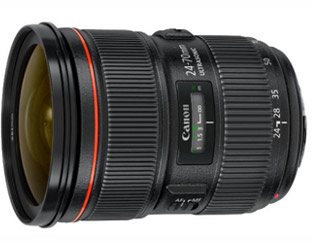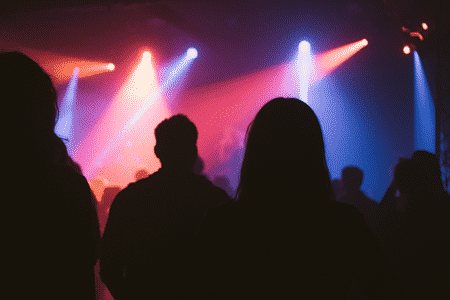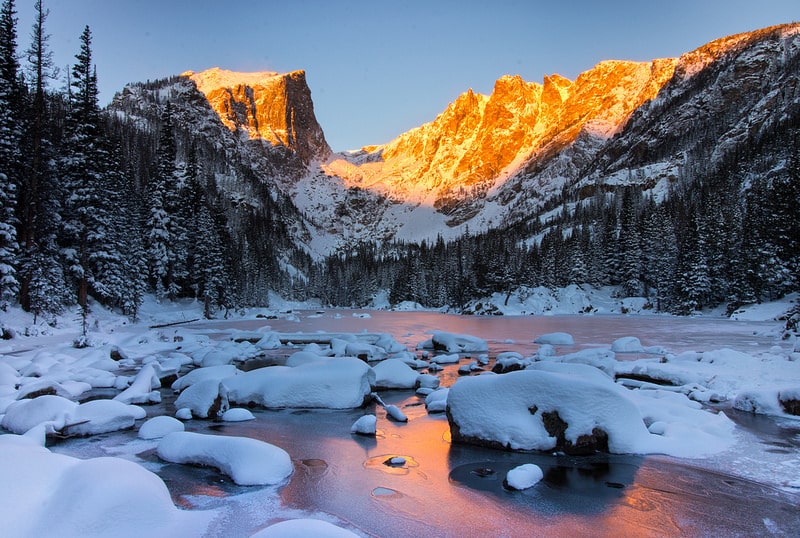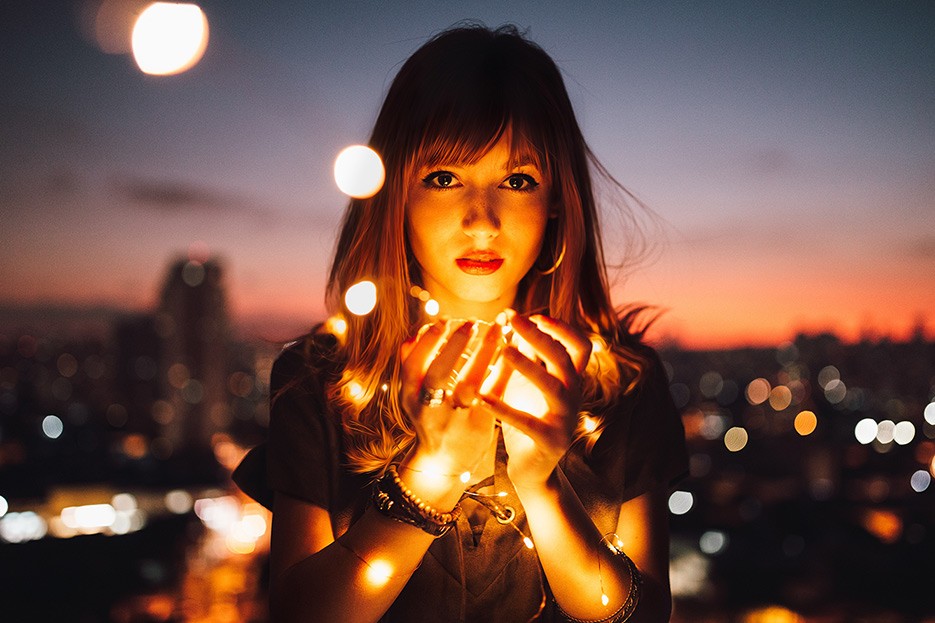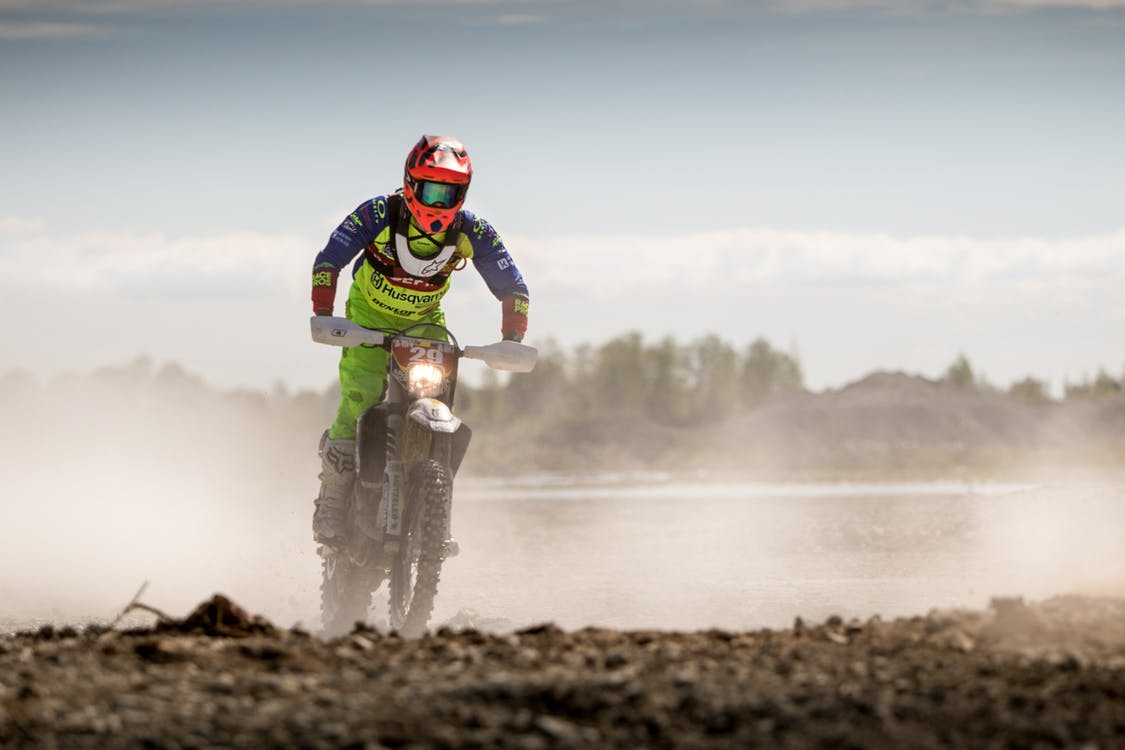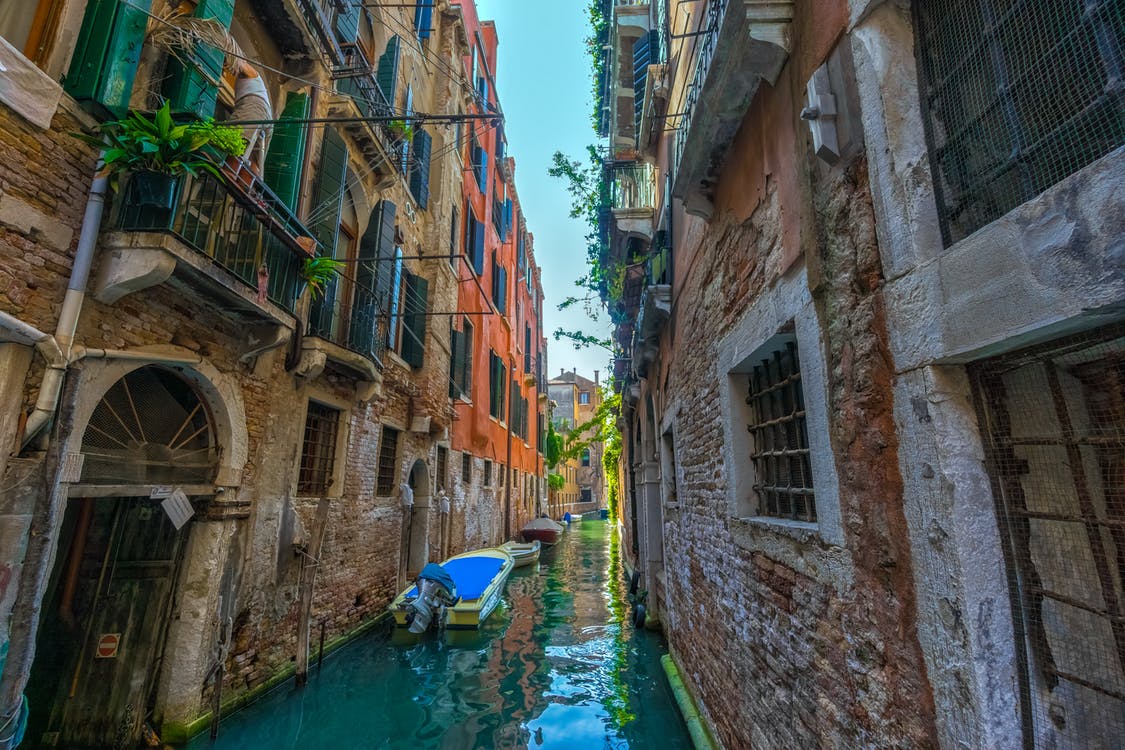For wedding photography, you want to be as prepared as possible. This guide will help you select the best Canon lenses for wedding shots. So you can be prepared for tight close ups of the bride as well as family and friend group shots.
Many photographers usually bring more than one camera body. Then there’s the different lenses, flashes, memory cards and all of a sudden you’ve got more than you can carry.
Because weddings are a one time thing, all of the things above are more or less a requirement. Sometimes you won’t have enough time to switch between different prime lenses, so a big zoom will be far more convenient. Other times, that same zoom lens won’t have a big enough aperture for shooting at night. You can see where we’re going with this.
We checked out a ton of lenses from Canon, Sigma and Tamron and below is what we ultimately feel will give you the most for your money. The best combination of price, image quality, sharpness, bokeh and versatility is what we were after.
Table of Contents
ToggleBest Canon Zoom Lenses for Weddings:
Tamron 15-30mm f/2.8 Di VC USD
Canon EF 16-35mm f/2.8L III USM
Canon EF 24-70mm f/2.8L II USM
Canon EF 70-200mm f/2.8L IS II USM
Best Canon Prime Lenses for Weddings:
Sigma 35mm f/1.4 DG HSM Art
Canon EF 50mm f/1.2L II USM
Canon EF 85mm f/1.8 USM
Canon EF 100mm f/2.8L IS USM Macro
Technically speaking you could photograph a wedding with just about any lens, but our 8 picks will have you covered. If you own something different, it doesn’t mean it’s bad, it’s just what we and many other wedding photographers prefer.
How to Choose a Canon Lens for Weddings?
Versatility – Zoom or Prime?
Weddings are a one time event so you’ll need to be prepared for pretty much anything. A zoom lens allows you to quickly capture a moment without changing lenses, thus being able to be prepared for everything, at any time.
Many people use prime lenses and we’re not saying they’re not good or anything, it’s just that unless you’re a little bit experienced, carrying only a prime may not be the best option when starting out.
In reality, the best choice would be a combination of both; 2-3 good zooms and a couple of primes that you use when you want to get a specific look. This is not the most budget friendly way of course, so we recommend starting out with an all-around f/2.8 zoom.
- Verdict: Bring zoom lenses if you want to be as secure as possible. Many people use primes only, but most do that after shooting a few weddings so they know what they need. Best case scenario, bring both types of lenses so you get awesome shots in every situation
Image Quality
Whether you’re getting paid for the wedding or doing it for free, you want to have the best image quality in both cases.
Most cheaper zooms aren’t sharp enough, which is why Canon’s L lenses are preferred here. You could shoot a lens with a super zoom, but you’d often be limited, especially if your clients expect high quality shots. While your talent, skills and timing are the most important, having the right gear helps tremendously when shooting a wedding.
Prime lenses on other hand have one fixed focal length, which means the quality can be much higher. This is also true for even the cheapest primes such as the Canon EF 50mm f/1.8 STM. By having fewer glass elements, there can be less issues with ghosting, flare and aberration, but even here this all gets improved as you spend more.
- Verdict: If possible, invest in a Canon L zoom lens. Even the kit lens will be fine if nothing else is available, but in that case you’d be better off renting something more professional. Prime lenses can match the image quality of more expensive zooms without breaking the budget, and are lighter too.
Big Aperture & Image Stabilization
Weddings take place outside and inside. Because of the latter, you need to be prepared with f/2.8 lenses or even bigger.
Having a big aperture allows you to really blur the background and isolate your main subject from the background. If shooting indoors, you’ll probably have to raise the ISO anyways, but some cameras will simply be too noisy. A difference between an f/2.8 and f/2 aperture is 1 f-stop, which would mean you can shoot with ISO 1600 instead of 3200.
Image Stabilization is also a very welcome feature. People do move at weddings, but for the most part there’s not much movement. In those situations, IS can help you up to 4 stops with the majority of lenses we recommend.
Best Canon Zoom Wedding Lenses 2022
If you decide to buy anything after clicking on our Amazon links, you automatically support us. It’s what allows us to write guides such as this one.
1. Tamron 15-30mm f/2.8 Di VC USD
Wide zooms from third-party companies that would challenge more expensive Canon zooms are hard to find, but the Tamron 15-30mm f/2.8 Di VC USD does just that.
Sitting at less than $1,200, it gives you an extremely wide view with f/2.8 aperture and Vibration Compensation (IS on Canon). None of Canon’s f/2.8 16-35mm lenses offer IS, neither does the Nikon 14-24mm f/2.8 (which the Tamron is also competing with). How much does the VC help? Around 3 stops (you can see it in TDP’s review here), which means you can shoot with 1/8 where you’d normally have to choose 1/60.
Image quality at f/2.8 is excellent although in the corners you might find it too soft so you’ll have to stop down to f/4-f/5.6 in situations where you absolutely need the sharpest corners. Vignetting is also very well controlled for such a wide zoom, which means you will have less to fix (if you decide to) when shooting on a bright day.
Why would one go with the Tamron? If you absolutely need f/2.8 and VC. Thanks to USD (Ultrasonic Silent Drive) it focuses quietly and accurately, but the more expensive 16-35mm below tends to be more accurate, at least when shooting in more difficult conditions. So if you absolutely require having the fastest and most accurate AF, the Tamron does not win here. Everything else is pretty much the same.
The 16-35mm length is best for capturing the crowd, group shots, environments, interiors in the church and such.
You can buy it at Amazon or see more reviews here.
2. Canon EF 16-35mm f/2.8L III USM
Until the announcement of the Canon EF 16-35mm f/2.8L III USM, we would have only recommended the Tamron above.
However, this 3rd version of Canon’s 16-35mm f/2.8 that was announced in 2016, offers excellent optical performance and very accurate, fast AF. Like with the previous 2 versions, it does not feature Image Stabilization so if that’s important to you, get the Tamron above.
This 16-35mm costs twice as much as the Tamron, and the biggest benefit is the auto focus accuracy in all sorts of conditions. Image quality alone, while slightly better in corners (they are both sharp), is not worth the extra $1000 unless you want huge prints and spend less time correcting in post process. The Canon lens can also accept 82mm filters, whereas the Tamron’s front element is too big for that.
Because of its AF accuracy and f/2.8, it’s just as good as the Tamron for everything we mentioned above, but you can rely more on it in low light conditions. If you already have a wide prime and don’t need f/2.8, then the much more affordable 16-35mm f/4 would be a better choice if you’re looking for a versatile wide zoom. It’s not as weather-sealed as this one though.
If you own the II version and are thinking whether to upgrade or not, check out two great review comparisons here and here.
You can buy it at Amazon or see more reviews here.
3. Canon EF 24-70mm f/2.8L II USM
The Canon EF 24-70mm f/2.8L II USM is a lens used by all sorts of photographers; weddings, journalism, traveling, indoors, all-around, portraits, you name it.
This is the lens we recommend to everyone interested in wedding photography. Most of your shots will be captured at around 24 to 70mm anyways, so why not get a high quality zoom that provides this length and saves you a lot of time switching between different lenses. Optically, it’s superb and can match many more expensive primes.
For portraits, it’s very versatile as you can instantly switch between photographing groups, scenes, to head/shoulder portraits. It’s great for both FF and APS-C systems (on APS-C it’s equivalent to a 38-112mm lens).
It is quite expensive though, but that’s expected from an L zoom that goes to f/2.8. Images are really sharp, auto focus is extremely fast and accurate and the lens is weather sealed.
Compared to its predecessor it shows less problems such as vignetting and aberration and is noticeably sharper at f/2.8. Unfortunately, none of them have Image Stabilization. There’s a Tamron 24-70mm with IS yet AF is not always as reliable as with Canon’s USM lenses.
If you only want one wedding lens, this is what you should get and then expand as you see what kind of other styles you like.
You can buy it at Amazon or see more reviews here.
4. Canon EF 70-200mm f/2.8L IS II USM
 Here’s another legend for wedding photography. The Canon EF 70-200mm f/2.8L IS II USM was released in 2010 and is the best and most expensive 70-200mm out there.
Here’s another legend for wedding photography. The Canon EF 70-200mm f/2.8L IS II USM was released in 2010 and is the best and most expensive 70-200mm out there.
The length alone makes it great for many types of photography, ranging from portraits, sports, wildlife, indoor action, concerts, events, weddings. Besides having f/2.8 to work with in low light situations, the lens is also equipped with Image Stabilization that helps you up to 4 stops.
Build quality is top notch, you can safely use it in tough weather conditions. It’s also the heaviest of 70-200mm lenses, here’s the breakdown:
70-200mm f/2.8L IS II USM – 52.6 oz (1490g)
70-200mm f/2.8L USM – 46.2 oz (1310g)
70-200mm f/4L IS USM – 26.8 oz (760g)
70-200mm f/4L USM – 24.9 oz (705g)
If you’re only after the best and need IS, obviously get the f/2.8L IS II USM. However, if you know you won’t need IS or even f/2.8, and want a lighter lens, you’d be better off with any of the f/4L versions. They’re all worth the price and deliver great quality images. We believe IS is quite important for weddings, especially when people are more still and it allows you to shoot with a smaller depth of field to get everyone in focus.
You can buy it at Amazon or see more reviews here.
Best Canon Prime Wedding Lenses 2022
They’re not as versatile as zooms, but have better looking bokeh and are better for shooting in extreme low light and blurring the background. Smaller and lighter too!
1. Sigma 35mm f/1.4 Art DG HSM
The Sigma 35mm f/1.4 Art DG HSM is the widest lens we chose. On a full frame DSLR, it’s great for group shots and environmental portraits. This makes it an excellent choice for weddings, streets, and concerts, and is ideal for when you want to have more than strictly your subject in the shot.
Quality wise, the lens is spectacular. Sigma’s Art line features lenses that have excellent sharpness, contrast and colors even at f/1.4. It’s quick at auto focusing thanks to the Hyper Sonic Motor, although it’s not unusual for it to hunt in low light. Mounted on a FF camera, you’ll see some vignetting at f/1.4 as with all other 35mm lenses, but it’s nothing drastic.
The lens blows the old Canon f/1.4L out of the water, but the newer f/1.4L II has slightly better contrast and sharpness. You can check out PetaPixel’s comparison between the two here. However, do note that the Canon costs $800 more, and most issues such as vignetting and aberration can easily be fixed.
It’s up to you to decide which one fits your work style, but for the money, nothing beats the Sigma. The only category where the more expensive Canon wins is the AF speed, so if you absolutely need the fastest focus in all conditions, go with Canon. We’re not saying the Sigma is slow or bad at AF, it’s just that Canon’s USM technology is better here.
For a 35mm lens, bokeh looks surprisingly good, and it also features full time manual focus (FTM) and has a closest focusing distance of 11.8″ (0.30m). On APS-C cameras like the Canon 80D, the field of view will be equivalent to a ~50mm lens on full frame, which is a common focal length for all different sorts of portraits.
You can buy it at Amazon or see more reviews here.
2. Canon EF 50mm f/1.2L USM
Want the best bokeh and a low light monster? Check out the Canon EF 50mm f/1.2L USM.
Chances are you’ll want a 50mm lens for weddings sooner or later.
You should only get it if you plan on using it at f/1.2-f/1.8 (either because you want creamy bokeh and/or a lens for extreme low light). There’s no point in spending so much for a lens unless you’ve been using a 50mm lens for some time, and know exactly what you want. We would definitely not recommend getting this if you’re a beginner.
Because of its aperture, bokeh and colors, it’s an excellent portrait choice as it will truly make your subject stand out. At f/1.2 you’ll be able to see that it’s not razor sharp if you print big or zoom in 100%, but the lens is more or less magical because of the look it gives. We also suggest you check out the Sigma 50mm f/1.4 Art, it’s sharper and cheaper but the f/1.2L is such a unique tool we had to put it here instead.
In terms of size and overall design, it feels really well built and is also weather-sealed like the majority of L lenses. It’s got FTM, a closest focusing distance of 1.48 feet (0.45m) just like the f/1.4.
The depth of field is extremely shallow at f/1.2, so you better make sure your focus is spot on. You’ll quickly see any mistakes (your own or from the lens). Definitely spend some time making sure the lens you’ve got has no focusing issues or you’ll regret it when actually shooting.
You can buy it at Amazon or see more reviews here.
3. Canon EF 85mm f/1.8 USM
The Canon EF 85mm f/1.8 USM has a focal length that most people consider to be the sweet spot for portraits, and it’s true. You’re not getting any distortion as it’s not too wide, yet you’re not too far away from your subject that you couldn’t communicate normally.
Such a long (short telephoto though) length easily throws the background out of focus, and when you combine it with the aperture f/1.8 and 85mm’s great looking bokeh, you’ve got a portrait winner.
What’s special about the Canon 85mm?
It’s sharp and optically superb.
Auto focus is fast and accurate thanks to its Ultra Sonic Motor (USM).
It’s light, compact and feels very well designed, far from cheap.
The 85mm focal length is great on both FF and APS-C cameras. You can take pictures of your subject without being extremely close. Besides weddings and portraits, this makes it a good choice for smaller indoor sports, animal portraits, concerts and much more.
You might be tempted between the f/1.8 and f/1.2 version, so we’ll make it easy for you. Quality is more or less the same on both, even when wide open. The f/1.8 has way faster auto focusing, so if you often take pictures of moving subjects and can’t afford to miss a moment, you’ll definitely prefer the cheaper lens. It’s much lighter and smaller as well, which you will appreciate after a long wedding.
You can buy it at Amazon or see more reviews here.
4. Canon EF 100mm f/2.8L IS USM Macro
Macro lenses are sharp, long and quick at focusing. Besides bugs and smaller things, all of this makes them an excellent candidate for portrait photography. The Canon EF 100mm f/2.8L IS USM Macro is our favorite in this department, seeing as it features Hybrid Image Stabilization (helps in all directions) which is a big help in low light situations.
The wedding is also about the details; the ring, food, flowers, anything that you want to emphasize that looks special.
What are the biggest differences between this one, and the cheaper non-L 100mm f/2.8?
The L version has faster auto focus, is weather-sealed and most importantly uses advanced Image Stabilization technology. The majority of macro shooters might not find it important, but since you’re going to use it for portraits and rarely on a tripod, the up to 4-stops IS can be a life saver, especially in dim light. Plus, at 100mm you’d need to be at around 1/100 to get acceptable results (a general rule of course and not always correct), but with IS this translates to speeds around 1/15.
Image quality is 99% the same with both lenses.
You can buy it at Amazon or see more reviews here.
Our Recommended Canon Wedding Lenses
Consider this a shorter, more direct version of this entire guide. Simply what we think gives you the absolute most for your money and what we’d go with personally.
Even though all lenses above are awesome, sometimes less options makes it easier to decide.

Best Canon Zoom Lenses for Weddings:
- Canon EF 24-70mm f/2.8L II USM – An absolute must for weddings! You’ll probably use it the most and the aperture is big enough for indoors
- Canon EF 70-200mm f/2.8L IS II USM – Almost as needed as the lens above! The 70-200mm has amazing optics and gives you the ability to shoot without interrupting

Best Canon Prime Lenses for Weddings:
- Canon EF 50mm f/1.2L II USM – Expensive but the beautiful colors and bokeh, combined with f/1.2 make this a perfect wedding lens
- Canon EF 85mm f/1.8 USM – Best for portraits and beautiful bokeh. Also sharp, cheap and lightweight! You can shoot from quite far away
- Canon EF 100mm f/2.8L IS USM Macro – Besides being a macro lens, it’s razor sharp and excellent for portraits and details. Features Image Stabilization!
Find the Perfect Canon Lens
If you’re looking to narrow down the options based on a specific type of photography or if you’re trying to figure out what the best lenses are for a particular Canon camera then check out our simplified guides to finding the best Canon lenses by using our “5 star” selection system.
Best Canon Lenses For:
First and foremost, I’m a husband and father. Then professionally I’m photographer, designer, blogger, and Esty store owner. My homebase is near the stunning Wasatch mountains in Utah but I love traveling with my family as part of our homeschooling journey. I also love teaching and helping out others. My faith is one of the biggest aspects of my life and brings be a consistent joy that I haven’t found in anything else. My main blog is BestPhotographyGear.com and I strive to make photography simple for anyone looking to learn or find gear for their individual needs. By nature, I like to study, research, and analyze things and I use that help provide the best advice and reviews I can.

